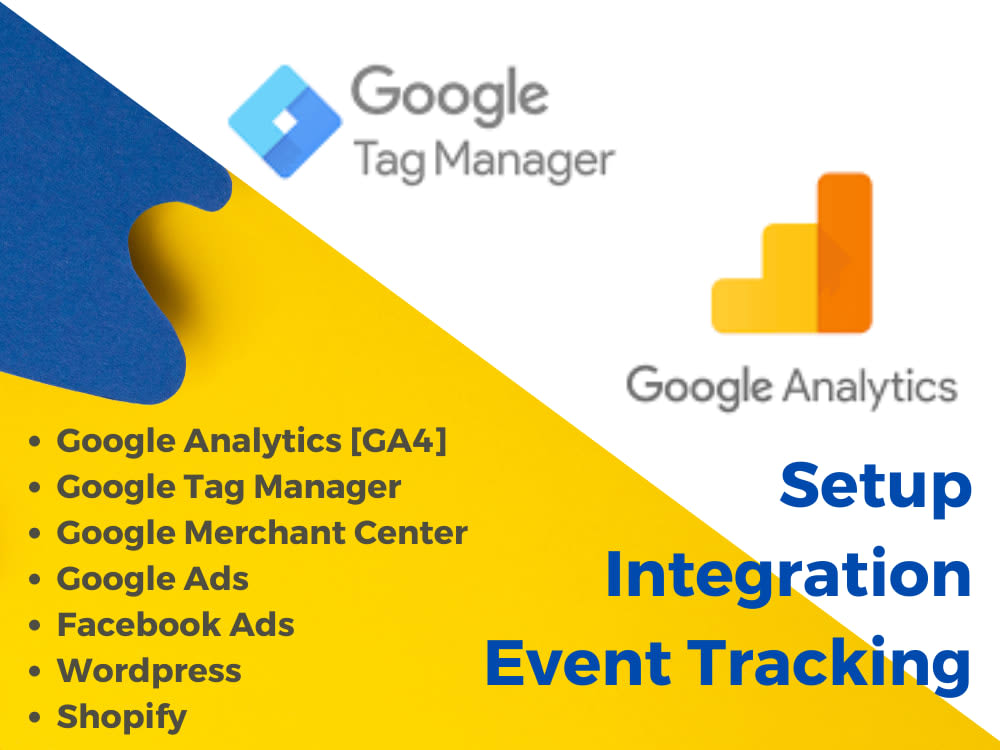Google Analytics Event Tracking for Dummies
Table of ContentsIndicators on Google Analytics Event Tracking You Should KnowThe Main Principles Of Google Analytics Event Tracking Google Analytics Event Tracking Fundamentals ExplainedExamine This Report about Google Analytics Event TrackingGoogle Analytics Event Tracking Things To Know Before You Get ThisThe 25-Second Trick For Google Analytics Event Tracking

If you're mosting likely to establish up occasion monitoring by hand, then you're mosting likely to have to add some extra code to the aspects you intend to collect data from. The code you're mosting likely to deal with will look something like this: There are 4 components within that code bit that you're mosting likely to require to specify on your own: occasion, Group, occasion, Activity, event, Label and occasion, Value.
As you can see, two of these are needed (classification and activity) while label and worth are optional. Everything depends upon the sort of info you desire relayed back to Google Analytics when a user clicks on the defined element (Google Analytics Event Tracking). It will certainly be a lot easier to specify these elements if you evaluate your site and choose which elements/actions you wish to track
Getting The Google Analytics Event Tracking To Work
Currently, you'll be asked to specify the and and you'll intend to select from the drop-down menu that appears when you click on. This will raise the very same event monitoring components we took a look at earlier, which you'll require to fill up out. When you have actually defined these, you can move to the second box and choose the trigger that will discharge your tag.
On the following screen, you'll additionally have an area for naming your trigger and, if you click the box, you'll see a list of the various triggers you can choose. In this case, we intend to choose and afterwards pick the choice below. After that you'll set the trigger to only fire when an aspect is clicked with a link that includes the.
Every web site talks. Prior to data analytics, we could not listen to the voices of our internet sites. But how do you know what your internet site is stating? Simple - Event monitoring! Occasion monitoring gives you a view photo of just how individuals engage with your internet site and service (Google Analytics Event Tracking). Do you want to recognize even more? Review on as we discover whatever you need to recognize, including what it is, why you ought to track events, how to manage occasions data, and other pertinent Frequently asked questions you might have.
The smart Trick of Google Analytics Event Tracking That Nobody is Talking About
You can switch in between your event groups, activities, and tags in the Leading Occasions report. This record is important for excavating further into research on a details event category. The Occasion Pages report shows the pages where occasions are caused. In this area, we can analyze the leading web pages that drive occasions.
Events in Google Analytics have four primary elements. Google Analytics utilizes these codes to track customer communications and team them into event records (Google Analytics Event Tracking).
A checklist of the parameters you can track on your site is on the. After checking all essential areas, you can click "X" to close the home window and return to the Introduction food selection on the.
Google Analytics Event Tracking Fundamentals Explained

Picking "False" will certainly protect against that session from being a bounce. If you have not done so, you may require to establish up a variable in the Google Analytics Setups box. Click "New Variable ..." if you can not locate one to choose. Hereafter, enter your GA monitoring ID in the Monitoring ID field.
To do this, comply with the next collection of read more actions: After configuring the fields, select the "Triggering" area. When configuring your new trigger, click the "+" switch, after that the "pencil" button, after that select your trigger type.
Google Analytics Event Tracking Fundamentals Explained

When it comes to understanding which areas and aspects are assisting consumers via your conversion channel, you still won't recognize. Without event tracking, GA records will only count visits as single-page sessions, also if individuals invest a great deal of time on one page and involve with it substantially (and a bounce).
But exactly how does event tracking attain this?Single-web page sessions referred to as bounces begin and wrap up on the exact same web page. Without event tracking, GA will certainly classify a user's see as a bounce if they do not navigate to an additional page, regardless of exactly how they connect with it. A video-rich web page can have a higher bounce rate if occasions are not tracked.
The Main Principles Of Google Analytics Event Tracking
Nonetheless, for GA to take event hits into account when measuring bounce prices, you must select "Non-interaction event" as "False" during the GTM arrangement. Setting "occasion goals" with event action is a superb way to keep track of user activities you value highly, such as new lead entries or click a phone call to action.